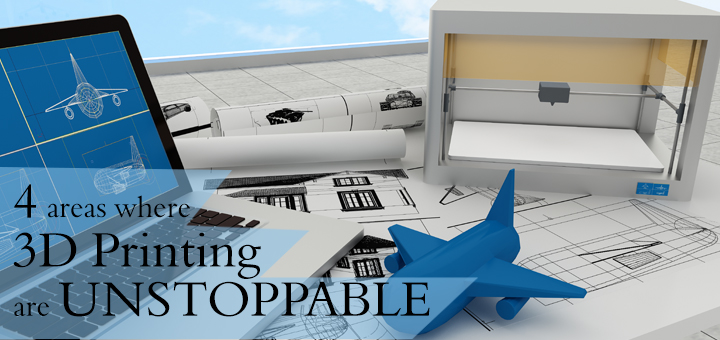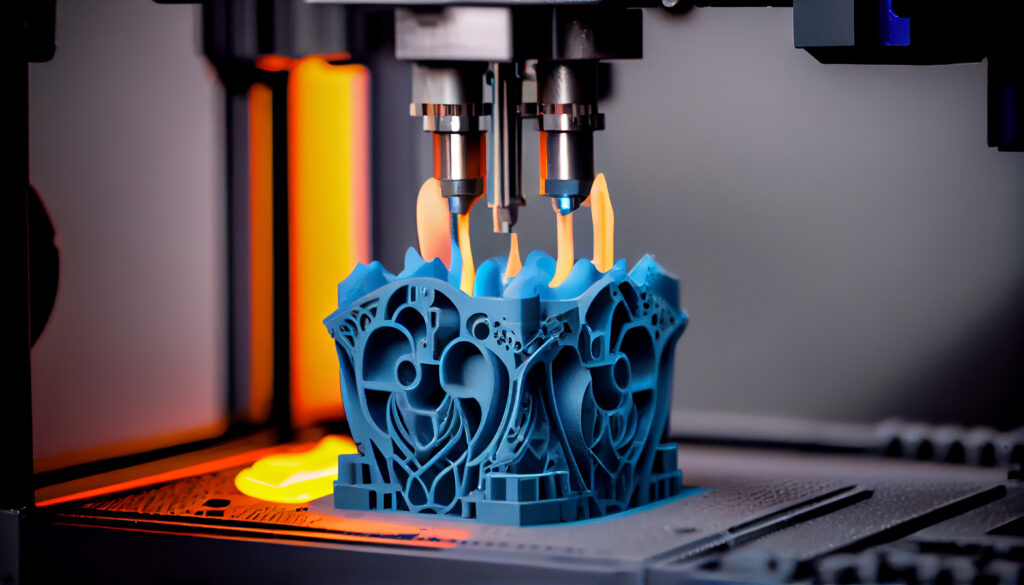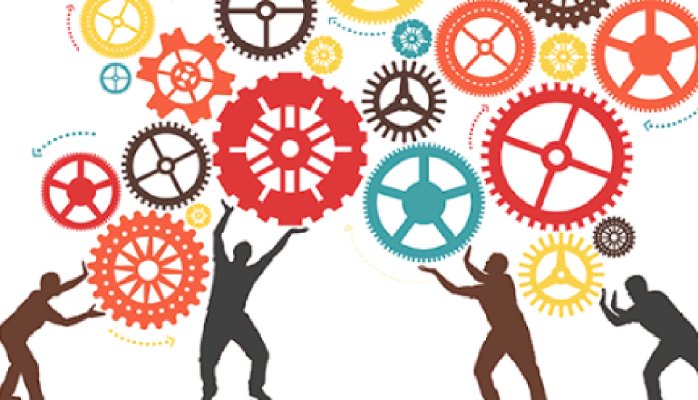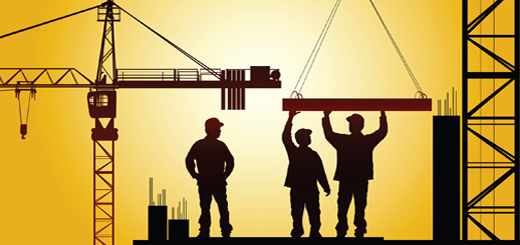The world of manufacturing is evolving, and at the heart of this transformation is 3D printing technology. This revolutionary approach enables industries to move beyond the limitations of traditional manufacturing techniques, offering cost-effective solutions, design freedom, and reduced lead times. In this blog, we will explore four areas where 3D printing has become an unstoppable force, reshaping industries and pushing the boundaries of what’s possible.
Complex Geometries Made Simple
One of the most compelling advantages of 3D printing is its ability to create complex geometries with ease. Traditional manufacturing methods often struggle with intricate designs, but 3D printing allows engineers to produce parts with complex angles, internal cavities, and even organic shapes without the need for multiple assembly steps. This capability is particularly beneficial in industries such as aerospace, automotive, and medical devices, where precision and detail are critical.
Mass Customization at Scale
Mass customization is another area where 3D printing truly excels. Unlike traditional methods that require expensive tooling and molds, 3D printing enables the production of custom parts tailored to individual needs—without any extra cost or delays. From custom prosthetics in healthcare to personalized consumer goods like footwear and eyewear, mass customization allows companies to offer tailored solutions while maintaining cost efficiency. This process is transforming industries by providing consumers with products that are perfectly suited to their preferences and physical characteristics.
Integrated Assembly: Faster and Efficient
One of the most significant advantages of 3D printing technology is its ability to integrate multiple components into a single assembly during the printing process. This technique, known as integrated assembly, drastically reduces both manufacturing time and costs by eliminating the need for manual assembly. For example, in the fashion industry, 3D printing is used to create intricate designs for textile structures that are both flexible and durable, revolutionizing how garments are made. Similarly, the automotive and aerospace sectors are adopting integrated assembly to enhance efficiency and reduce the complexity of their production lines.
Engineering Re-Design for Innovation
With 3D printing, the limitations of traditional design methods no longer apply. Engineers can now redesign products with greater freedom, focusing on performance and efficiency rather than conforming to the constraints of traditional manufacturing techniques. This includes the ability to create lightweight structures that reduce material waste, energy consumption, and overall production costs. One notable example is the use of biomimicry in product design, where natural forms like bones and plants inspire innovative structures that are impossible to create using traditional methods.
Conclusion: The Future of 3D Printing is Limitless
As the world of 3D printing continues to grow and evolve, its impact on manufacturing is undeniable. Whether it’s complex geometries, mass customization, integrated assemblies, or engineering re-design, the technology offers unprecedented possibilities. To harness the power of 3D printing in your career, consider enrolling in a 3D printing course at CADD Centre. With expert guidance and hands-on training, you’ll be equipped with the skills needed to thrive in the modern manufacturing landscape. 3D printing training is your gateway to becoming a leader in this transformative field.
FAQs
What industries benefit the most from 3D printing technology?
3D printing is transforming several industries including:
- Aerospace: For creating lightweight, high-performance parts.
- Automotive: For producing complex components and enhancing assembly processes.
- Healthcare: For personalized medical devices such as prosthetics and implants.
- Fashion: For creating intricate, customized designs for textiles and garments.
Can 3D printing reduce manufacturing costs?
Yes, 3D printing reduces costs by minimizing the need for expensive tooling, decreasing material waste through optimized design, and reducing manual labor through integrated assembly. This is especially beneficial for low-volume production runs and custom items.
What are the environmental benefits of 3D printing?
3D printing reduces material waste compared to traditional subtractive manufacturing processes. It also enables localized production, reducing transportation-related emissions, and can utilize eco-friendly materials like recycled plastics
What challenges does 3D printing face in mass manufacturing?
Despite its advantages, 3D printing is slower than conventional methods for large-scale production. There’s also a need for improved material variety and consistency to make it viable for mass production across industries.
What skills will I gain from a 3D printing course at CADD Centre?
At CADD Centre, a 3D printing course equips students with essential skills like creating 3D models, understanding material properties, optimizing designs for additive manufacturing, and using industry-standard software. These skills are critical for roles in engineering, product design, and manufacturing.





